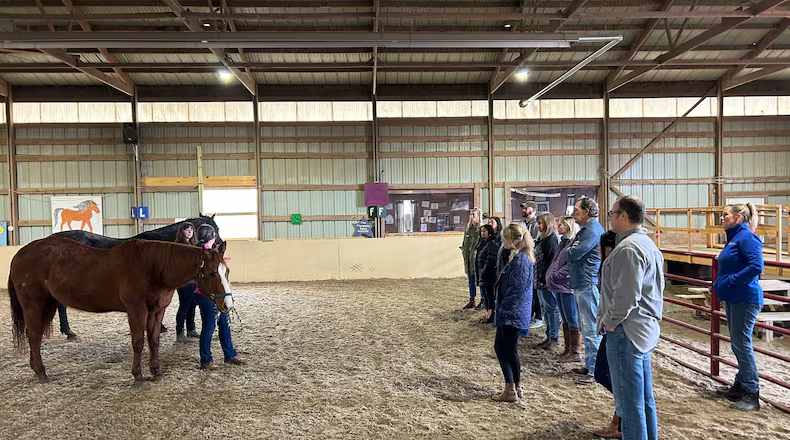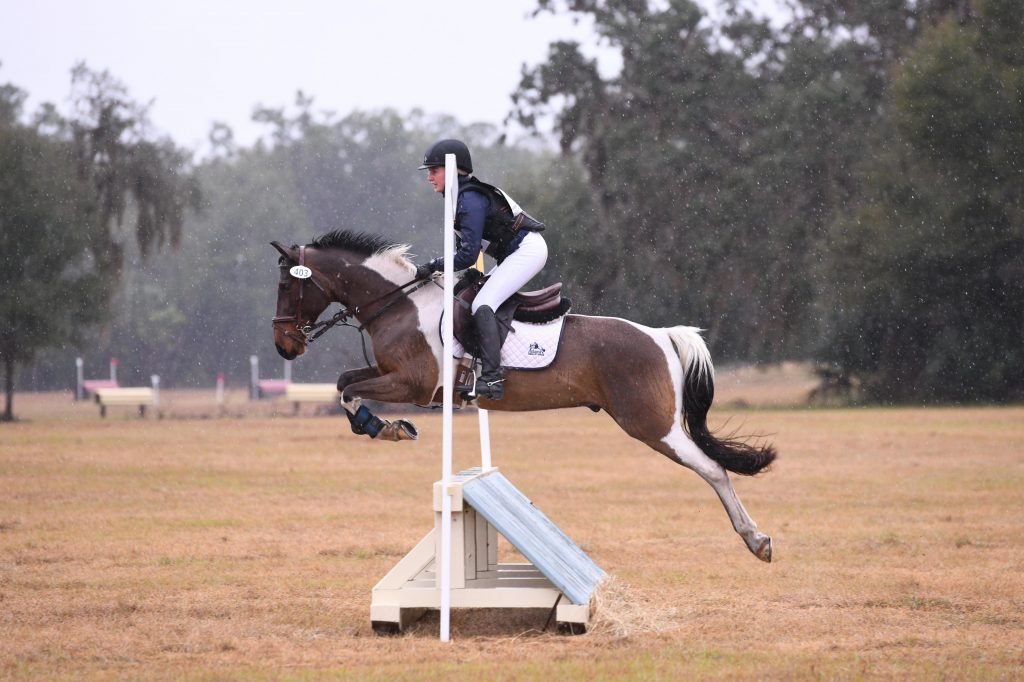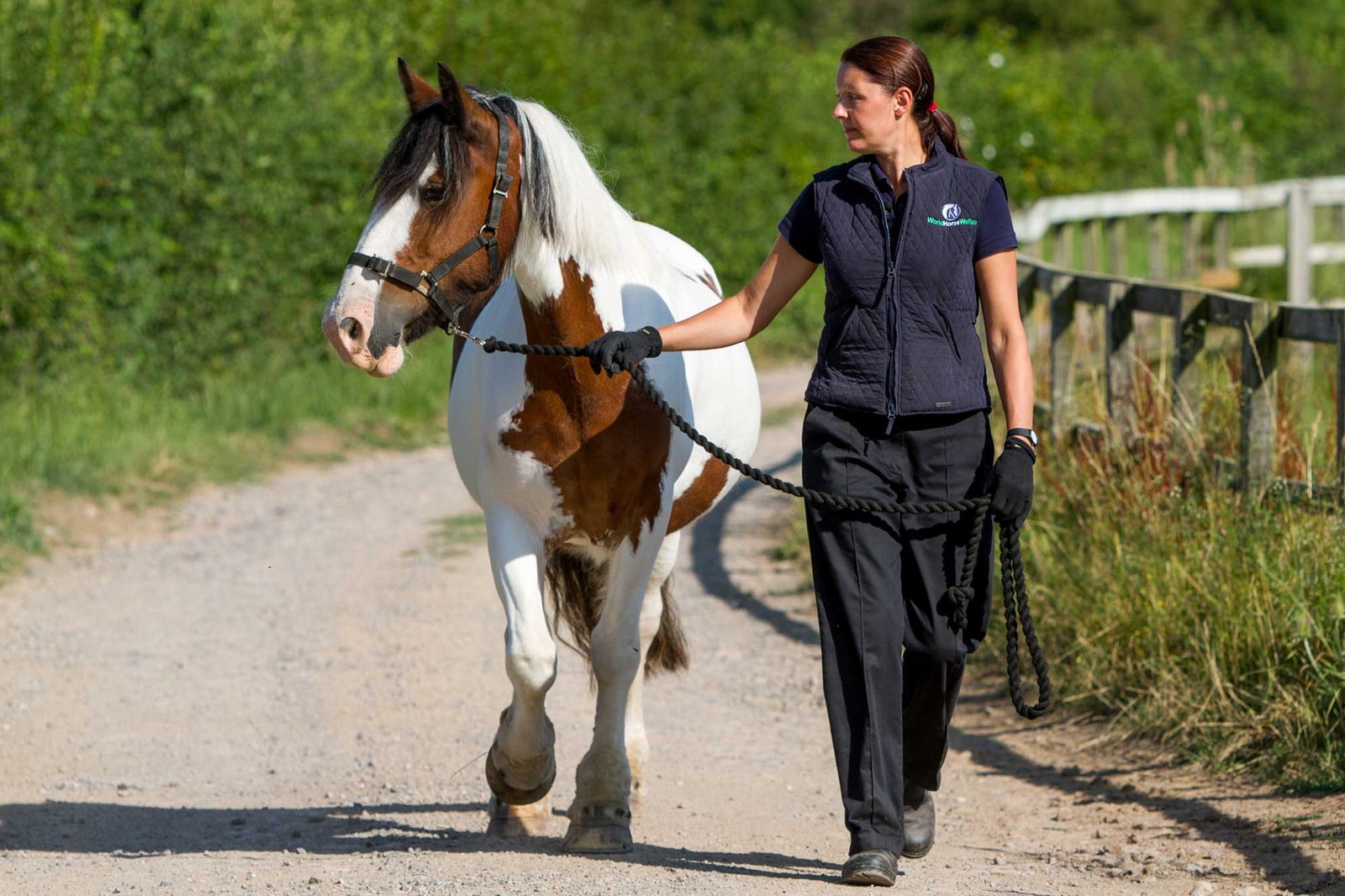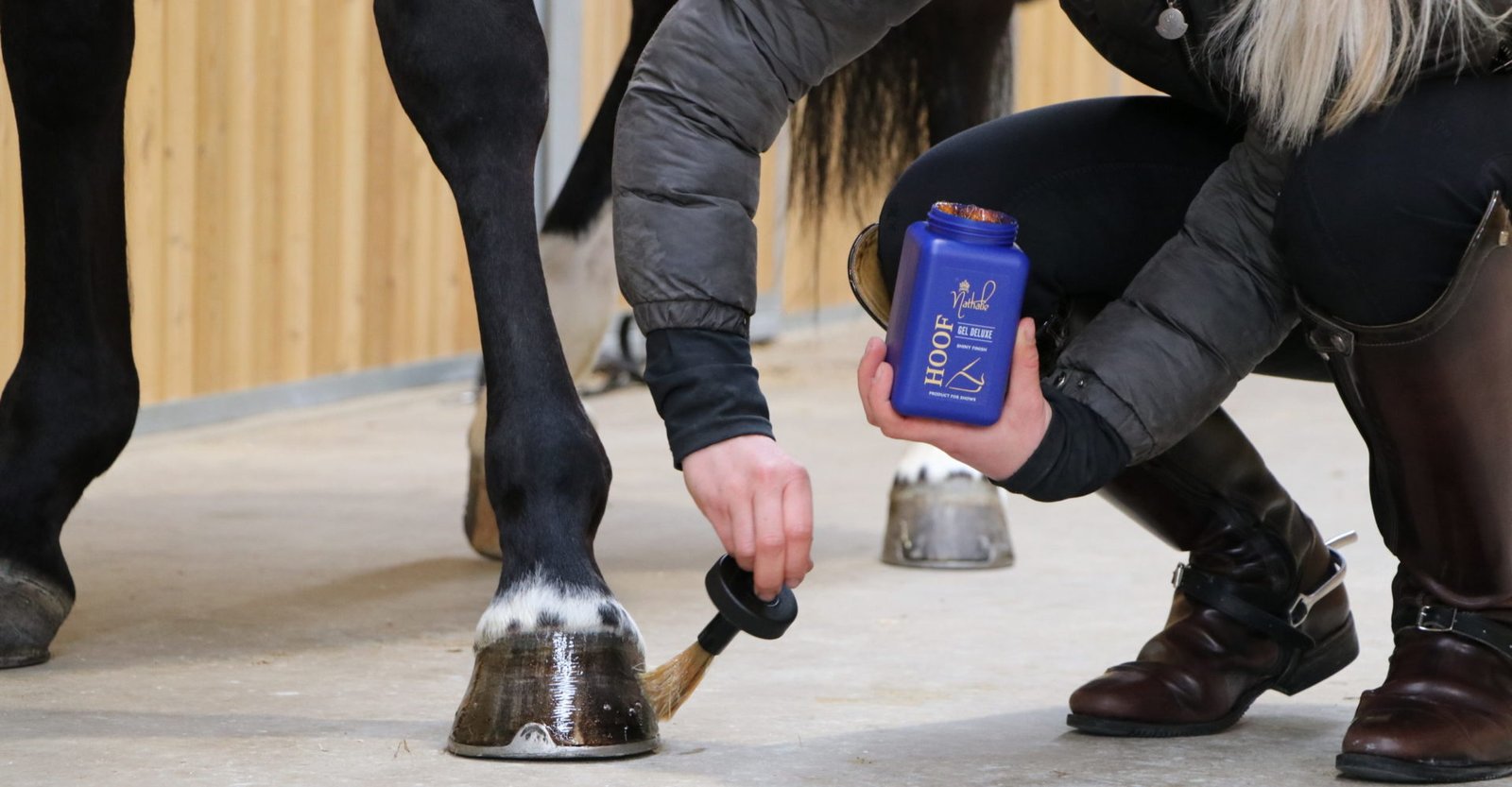Ponies have long been cherished for their gentle temperament, intelligence, and unique bond with humans. Over the years, they’ve become an invaluable resource in therapeutic riding programs, offering emotional, physical, and psychological benefits to individuals facing a variety of challenges. From children with autism to veterans dealing with PTSD, ponies provide support in ways that can transform lives. In this article, we’ll explore how ponies are used in therapeutic riding programs and the benefits of equine-assisted therapy.
1. The Basics of Therapeutic Riding
Therapeutic riding, also known as equine-assisted therapy, uses the unique movements of horses and ponies to help individuals with physical, emotional, or cognitive challenges. In these programs, trained therapists guide participants through horseback riding sessions, where they learn to ride while receiving tailored therapy designed to address their specific needs.
Ponies are often chosen for therapeutic riding programs because of their manageable size, gentle nature, and the ability to create a deeper emotional bond with participants. Ponies can perform a variety of movements, such as walking, trotting, and cantering, which offer therapeutic benefits to riders.
2. Benefits of Therapeutic Riding for Physical Health
One of the primary benefits of therapeutic riding is its ability to improve physical health, especially in those with mobility impairments or physical disabilities. The movement of the pony mimics the natural gait of walking, which helps riders improve their balance, coordination, and strength.
How Ponies Assist with Physical Health:
- Improved Balance and Coordination: The rider’s body must adjust to the pony’s movement, strengthening core muscles and improving balance.
- Increased Muscle Strength: Riders use different muscle groups while maintaining posture and controlling the pony, which leads to improved strength and endurance.
- Better Joint Mobility: The rhythmic motion of riding can help individuals with stiff joints or mobility impairments gain flexibility.
- Enhanced Motor Skills: Ponies encourage the development of fine motor skills as riders practice holding reins, guiding the pony, or using their legs for control.
The gentle, yet effective, movements of ponies make them an ideal partner for individuals seeking to regain or improve their physical health.

3. Emotional and Psychological Benefits
Ponies provide much more than physical support—they also offer significant emotional and psychological benefits. Equine therapy has been shown to help individuals improve their mood, build confidence, and foster a sense of accomplishment. The relationship between the rider and the pony is therapeutic in itself, as ponies offer unconditional acceptance, creating a safe and calming environment.
Emotional and Psychological Benefits of Ponies:
- Building Confidence: As riders gain new skills and develop a relationship with their pony, they build self-esteem and confidence.
- Reduced Anxiety and Stress: The calming presence of ponies helps reduce anxiety, particularly for those with PTSD, anxiety disorders, or depression.
- Emotional Expression: Ponies are incredibly intuitive and can respond to a person’s emotions, allowing individuals to process feelings they may have difficulty expressing verbally.
- Trust Building: Working with ponies requires trust, which can help individuals build trust in themselves and others. This is especially helpful for those who have experienced trauma.
Therapeutic riding programs often see improvements in participants’ emotional well-being, such as better mood regulation, decreased stress, and a greater sense of emotional stability.
4. Therapeutic Riding for Children with Special Needs
Ponies are especially effective in therapeutic riding programs for children with special needs, including autism spectrum disorder (ASD), developmental disabilities, and learning disabilities. The sensory experience of riding a pony provides stimulation that helps engage the child and improve their focus, behavior, and communication skills.
Benefits for Children with Special Needs:
- Improved Communication Skills: The interaction with the pony and therapist encourages children to communicate their needs and follow instructions.
- Sensory Integration: Riding helps children with sensory processing issues experience the rhythm and motion of the pony, promoting sensory integration.
- Behavioral Improvements: Many children with special needs experience improvements in their behavior, including increased patience and better self-control.
- Social Skills: Therapeutic riding programs often involve group activities, helping children develop social skills and learn cooperation.
The bond between children and ponies in these programs offers a sense of security and trust that enhances learning and development.
5. Therapeutic Riding for Veterans and Adults with PTSD
Ponies play an important role in helping veterans and adults dealing with PTSD and trauma. The physical and emotional demands of therapeutic riding provide a unique outlet for individuals to process their experiences and reduce symptoms of PTSD. Working with ponies also helps veterans re-establish a sense of purpose and community.
Therapeutic Benefits for Veterans and Adults:
- Reduced PTSD Symptoms: The rhythmic motion of the pony helps calm the nervous system, lowering levels of anxiety, hypervigilance, and stress.
- Improved Social Interaction: Group riding sessions allow veterans to bond with others who understand their experiences, promoting camaraderie.
- Rebuilding a Sense of Purpose: The responsibility of caring for a pony and the discipline involved in riding helps veterans feel a sense of accomplishment and self-worth.
- Relaxation and Emotional Healing: The connection between ponies and humans encourages relaxation, which can be essential for emotional healing from trauma.
Ponies have been shown to have a profound impact on veterans and adults dealing with trauma, providing a safe and supportive space to heal emotionally and psychologically.
6. The Role of Therapists and Trainers in Equine Therapy
Equine therapy is most effective when conducted under the guidance of trained professionals. Therapists, equine trainers, and riding instructors work together to ensure that each participant receives the best possible care, whether it’s through physical therapy, emotional support, or skill-building activities.
Therapists design individualized treatment plans based on the specific needs of each rider, incorporating riding exercises that target physical, emotional, or psychological goals. Instructors teach riders the necessary skills to maintain control of the pony, while equine trainers ensure that the ponies are well-trained and suited to therapy work.
Conclusion
Ponies play a crucial role in therapeutic riding programs, offering physical, emotional, and psychological benefits to individuals of all ages. Whether it’s helping children with special needs, supporting veterans with PTSD, or enhancing physical health, ponies have proven to be invaluable companions in equine therapy. Their gentle nature, intelligence, and ability to bond with humans make them ideal partners in the healing process, helping individuals overcome challenges and experience a profound sense of improvement in their lives.











